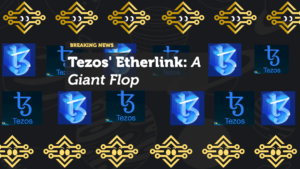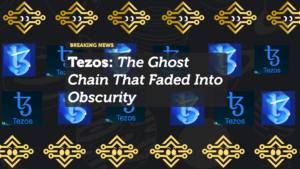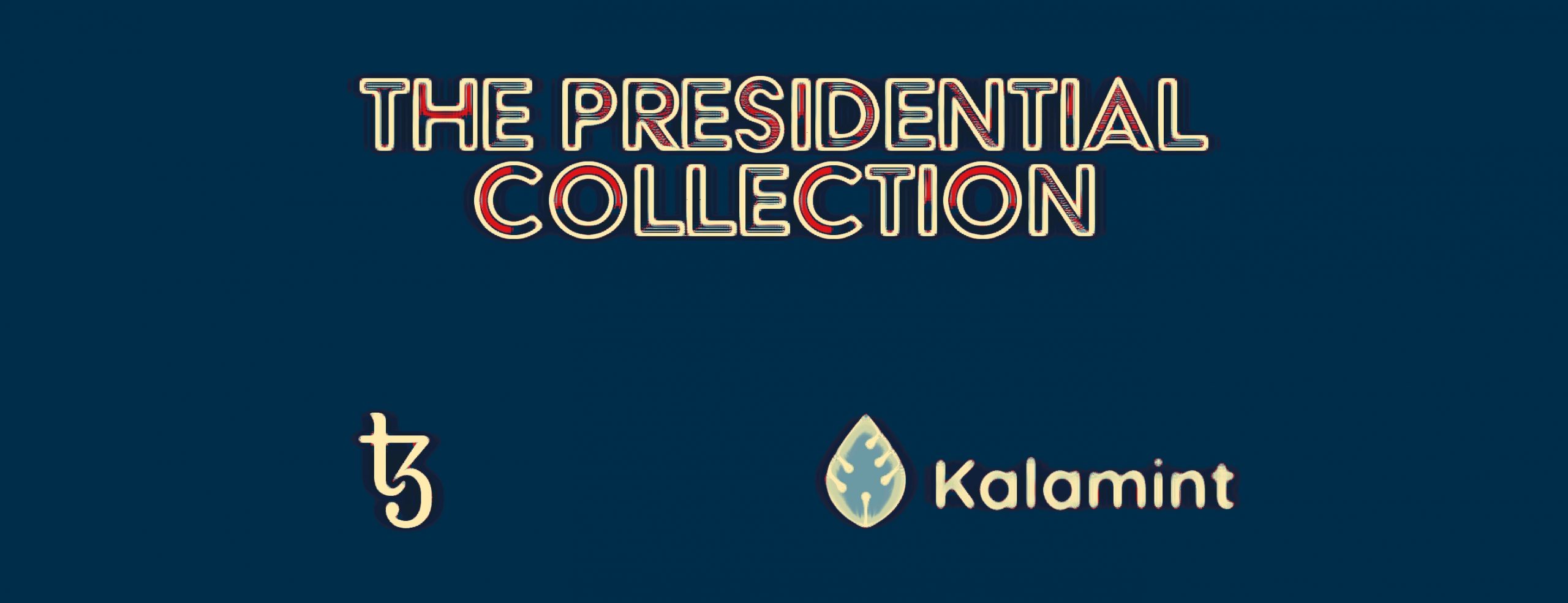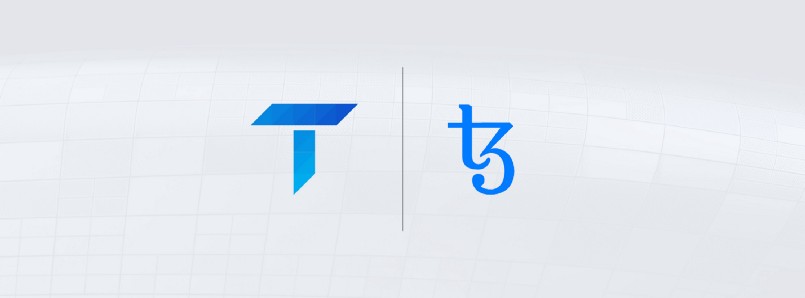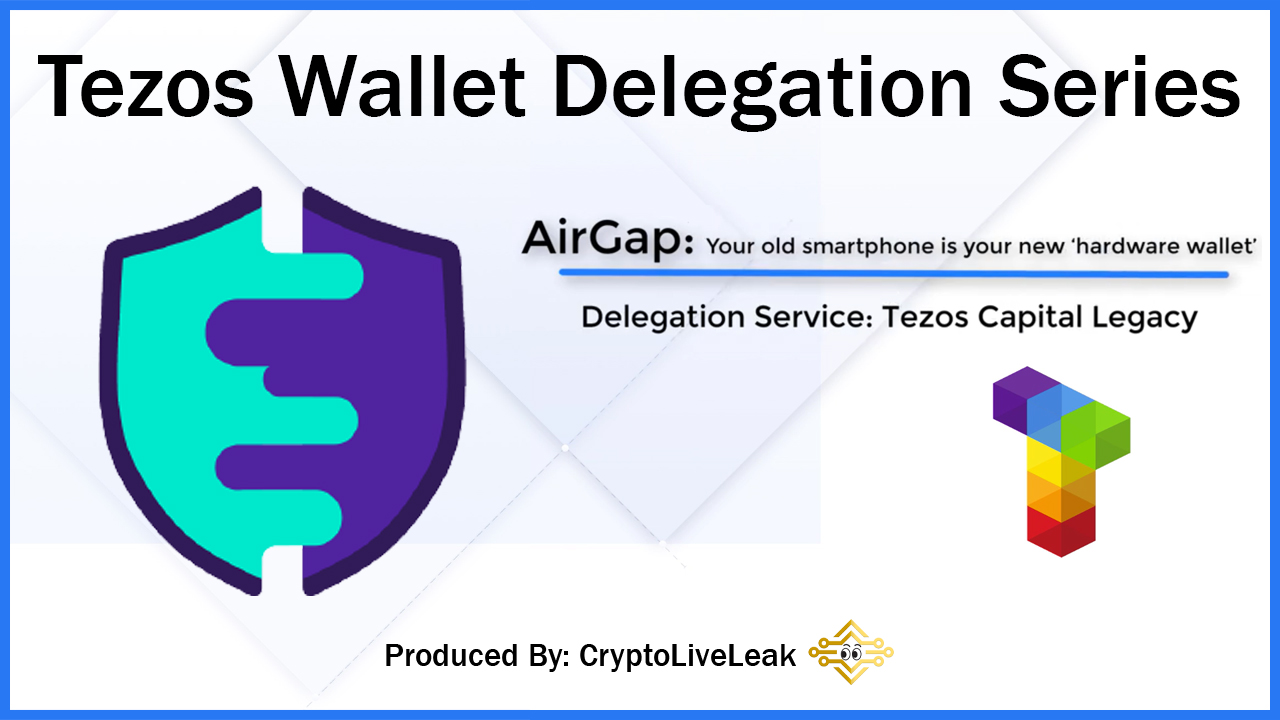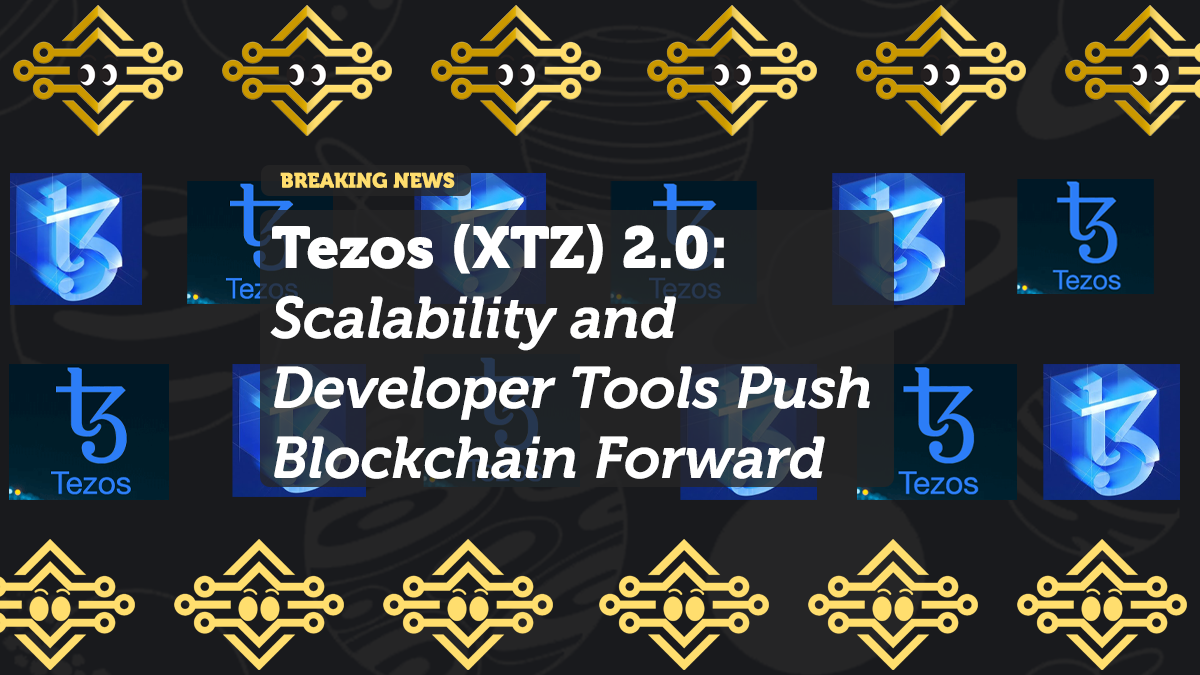
Tezos (XTZ) 2.0: Scalability and Developer Tools Push Blockchain Forward
Tezos (XTZ), a blockchain platform known for its self-amending protocols, is set for transformative updates with Tezos 2.0. These upgrades focus on enhancing scalability, interoperability, and making the platform more accessible to developers from various backgrounds. The introduction of Smart Rollups—a Layer-2 scaling solution—aims to bring ultra-high throughput while maintaining Tezos’ focus on decentralization.
Additionally, Tezos is expanding its support for mainstream programming languages, positioning itself as a more developer-friendly platform. With these innovations, the project is gaining attention in the blockchain community and experiencing positive price movement. Let’s explore Tezos’ latest developments, market performance, and what the future holds.
1. Tezos 2.0 and Smart Rollups: Scaling Up to One Million Transactions per Second
One of the standout features of Tezos 2.0 is the implementation of Smart Rollups, a Layer-2 scaling solution designed to handle massive throughput without compromising decentralization.
1.1 What Are Smart Rollups?
Smart Rollups are designed to enhance the scalability of the Tezos blockchain by processing transactions off-chain, reducing the load on the main network. These rollups aim to achieve an astounding one million transactions per second (TPS), a significant leap from the current capabilities of most blockchains.
This scaling solution is critical as decentralized applications (dApps) and other blockchain-based services grow in complexity and demand. By offering ultra-high throughput, Smart Rollups ensure that Tezos can support large-scale decentralized applications while maintaining security and decentralization.
1.2 The Importance of Scalability Without Sacrificing Decentralization
The key challenge with most Layer-2 solutions is ensuring that scalability improvements do not come at the cost of decentralization. Tezos has been focused on finding a balance where the network remains decentralized, ensuring that no single entity controls the majority of the blockchain’s resources or validation process.
Tezos’ unique on-chain governance model allows the network to upgrade seamlessly without needing hard forks, which is crucial for maintaining a healthy level of decentralization while integrating high-performance features like Smart Rollups.
2. Interoperability and Developer Tools: Attracting a Broader Developer Base
Beyond scalability, Tezos 2.0 is also focusing on improving its interoperability and developer experience. The blockchain is expanding support for widely-used programming languages such as JavaScript, Python, and TypeScript, making it easier for developers to build on the platform.
2.1 Mainstream Programming Language Support
By adding support for mainstream languages like JavaScript and Python, Tezos is opening its doors to a larger pool of developers who are already familiar with these languages. This is a major step toward making Tezos more accessible, especially for developers who are new to blockchain technology but have experience building in traditional programming environments.
This move is expected to accelerate the development of decentralized applications (dApps) on Tezos by lowering the technical barriers to entry for developers from the broader tech community.
2.2 Cross-Language Smart Contract Execution
In the near future, cross-language smart contract execution will enable developers to build more complex dApps that leverage the strengths of different programming languages. This capability will facilitate the creation of sophisticated, multi-functional decentralized applications, further enhancing Tezos’ appeal to developers and innovators in the Web3 space.
With this expansion in tools, Tezos aims to attract a broader range of projects, from DeFi applications to NFT platforms and beyond, strengthening its ecosystem and increasing adoption.
3. Market Performance: Recent Gains and Future Outlook
Amid these technological upgrades, Tezos has also experienced positive price movement. In early October 2024, XTZ saw a 5.6% price increase, trading around $0.70. While Tezos is still far from its all-time highs, analysts are optimistic about its long-term growth potential, particularly as the platform implements its major upgrades.
3.1 Recent Price Movements
The 5.6% increase in XTZ’s price reflects growing market confidence in the platform’s upcoming upgrades. As Tezos 2.0 rolls out, the network’s improved scalability and developer accessibility are expected to drive higher demand for XTZ, potentially pushing its price even higher.
3.2 Price Predictions for 2025
Looking ahead, analysts are cautiously optimistic, predicting that XTZ could reach $1.27 by 2025. This forecast depends heavily on the successful adoption of Tezos 2.0 and the broader market’s response to the platform’s improvements in scalability and interoperability.
If Tezos can achieve its ambitious goals—especially in terms of throughput with Smart Rollups—it will likely see increased interest from both developers and investors, driving long-term price growth.
4. Tezos’ Position in the Blockchain Space: What’s Next?
With the launch of Tezos 2.0, the platform is positioning itself as a major player in the blockchain space, particularly in terms of scalability and developer accessibility. The combination of high throughput, decentralization, and cross-language smart contracts sets Tezos apart from other blockchain platforms, offering a unique value proposition to developers and users alike.
4.1 Competing in the Blockchain Ecosystem
Tezos’ focus on scalability and developer tools allows it to compete with other major platforms like Ethereum, Solana, and Polkadot. With Smart Rollups potentially offering up to one million TPS, Tezos could outperform many of its competitors in terms of scalability, which is a crucial factor for large-scale dApps.
4.2 Developer-Friendly Environment
The expansion into mainstream programming languages makes Tezos more accessible than ever. As the Web3 space continues to grow, platforms that provide developers with easy-to-use tools and comprehensive support will likely lead the charge in decentralized application development.
Conclusion: Tezos 2.0 Poised to Revolutionize Scalability and Developer Experience
Tezos (XTZ) is making significant strides with Tezos 2.0, which includes Smart Rollups for scaling up to one million transactions per second, as well as new developer tools to attract a broader audience. These updates not only improve the platform’s scalability but also enhance its interoperability and accessibility for developers, positioning Tezos as a key player in the blockchain space.
With recent positive price movement and growing interest in its upcoming upgrades, Tezos is well on its way to achieving long-term success. If the platform can maintain its momentum and successfully implement these updates, it could see further growth in price, developer adoption, and market presence.











